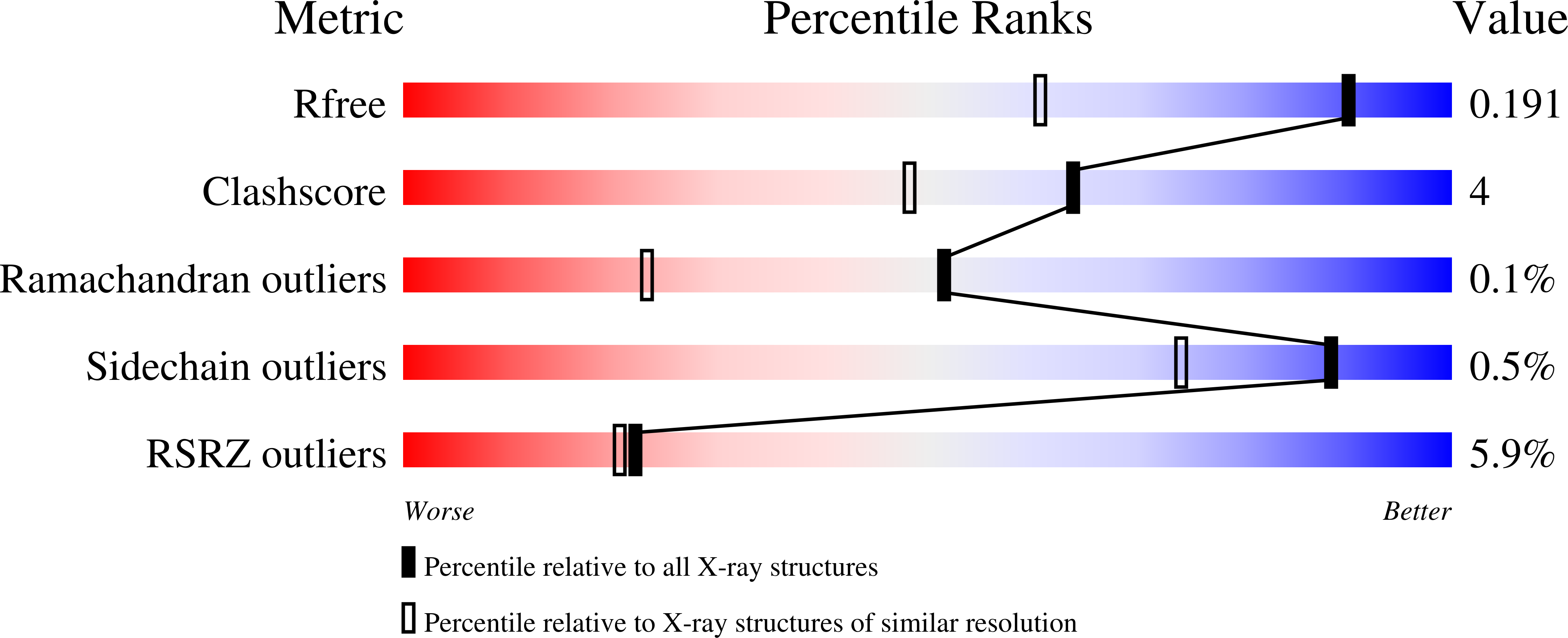
Deposition Date
2022-08-09
Release Date
2022-12-14
Last Version Date
2024-02-07
Entry Detail
PDB ID:
8AP2
Keywords:
Title:
cyanide-bound [FeFe]-hydrogenase I from Clostridium pasteurianum (CpI) at 1.39 Angstrom
Biological Source:
Source Organism:
Clostridium pasteurianum (Taxon ID: 1501)
Host Organism:
Method Details:
Experimental Method:
Resolution:
1.39 Å
R-Value Free:
0.19
R-Value Work:
0.15
R-Value Observed:
0.16
Space Group:
P 1 21 1


